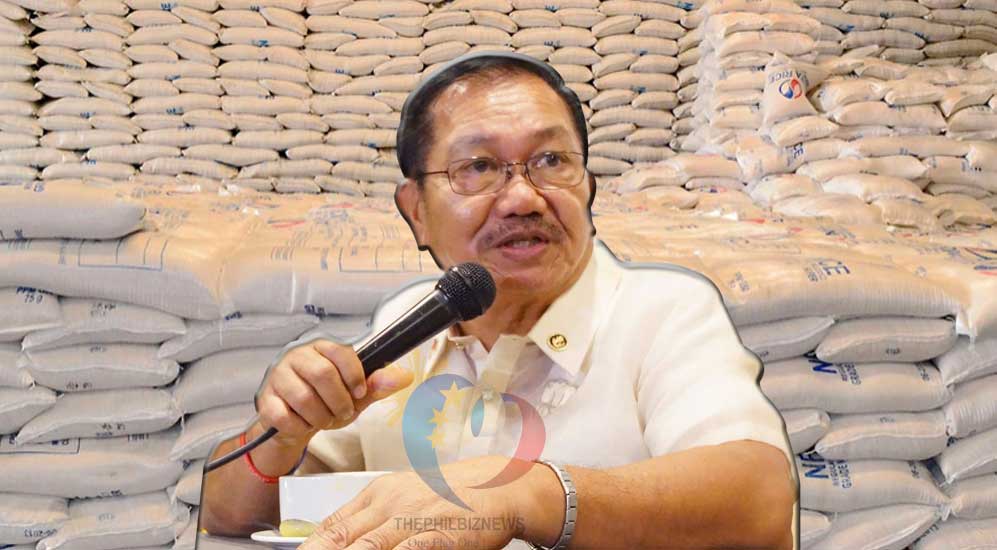It seems that the National Food Authority (NFA) has thrown its towel as they expressed apparent helplessness in abating the rising price of rice as they already revealed that they will stop the sale of its subsidized rice once all its approved imports are depleted next year, according to the Department of Agriculture Secretary Emmanuel Piñol.
In the year-end press conference of the Department of Agriculture, the Agriculture Chief said the rice variant being sold by the government at P27 a kilo will be discontinued, adding that the NFA “cannot afford subsidized rice anymore.”
Piñol explained that when the NFA’s rice imports are sold in the market, there will be no more rice priced at P27 per kilo.
“The NFA would become a welfare service agency and this would incur huge debt. With the P27 rice variant to be continued, this is very unrealistic and should have been removed from the very start,” he added.
President Rodrigo Duterte is scheduled to sign the rice tariffication bill which will liberalize the rice industry by removing the quota on rice imports.
Under the bill, the NFA’s role will be limited to keeping the country’s buffer stock for emergency purposes and buying palay from the local farmers.
Menwhile, NFA grains marketing operations chief Rex Estoperez said it was hard to pinpoint when the stocks would be depleted.
“It all depends on the agency’s market participation. If there will be an influx of commercial rice, subsidized rice will be distributed to a minimum,” he said.
Most of the agency’s rice stocks, priced at P27 and P32 a kilo depending on the quality, are mostly sourced overseas due to their lower price. By removing the NFA’s power to import, it can only buy local produce that are more expensive. The NFA buys palay from farmers at P17 a kilo with an additional incentive of P3.
Asked the effect on removing the P27 a kilo rice variant in the market, the DA official said that “given the fact that there will be free entry of imported rice, I don’t think the issue of rice prices will still be an issue.”
For the economic managers who pitched the idea of deregulating rice imports by saying that it will lower rice prices by as much as P6 a kilo, however, the result turned out to be the opposite.
Thus, the group Samahang Industriya ng Agrikultura (Sinag), expressed their frustration and revealed that the claim holds false promise.
“We’ve been importing agricultural products for such a long time, but it did not help in lowering the prices,” Sinag chair Rosendo So said.
Many observers and even lawmakers shared their disappointment on what was told before by the leadership of the Department of Agriculture and also of NFA that by importing more rice, people can expect lowered price rice.
This is the first time in the history of the Philippine agriculture that the price of rice reached a double figure increase even without the typhoon that hit the Northern Luzon particularly Cagayan Valley and Isabela regions dubbed as “rice granaries” of the Philippines.
The NFA’s outstanding loans stood at P136.9 billion—the bulk of which was incurred during the time of the Arroyo administration. Even before, there was an effort to satisfy both farmers and consumers, but the agency subsidizing both the farm-gate and the market price of rice proved to be impractical and not sustainable.














